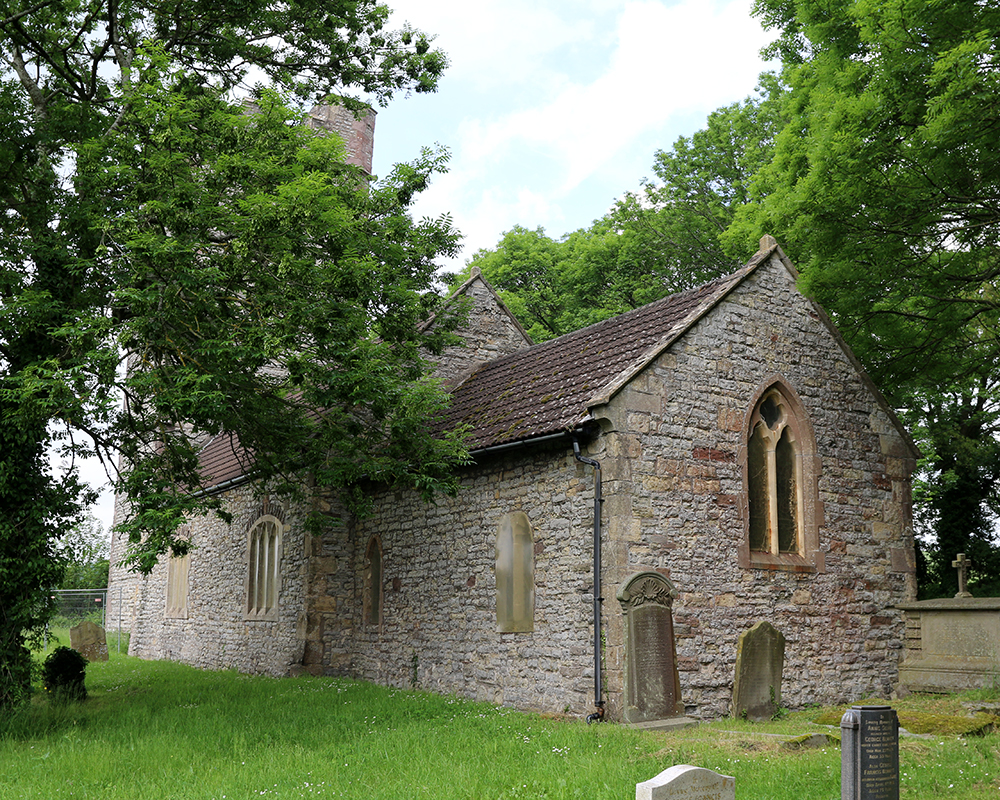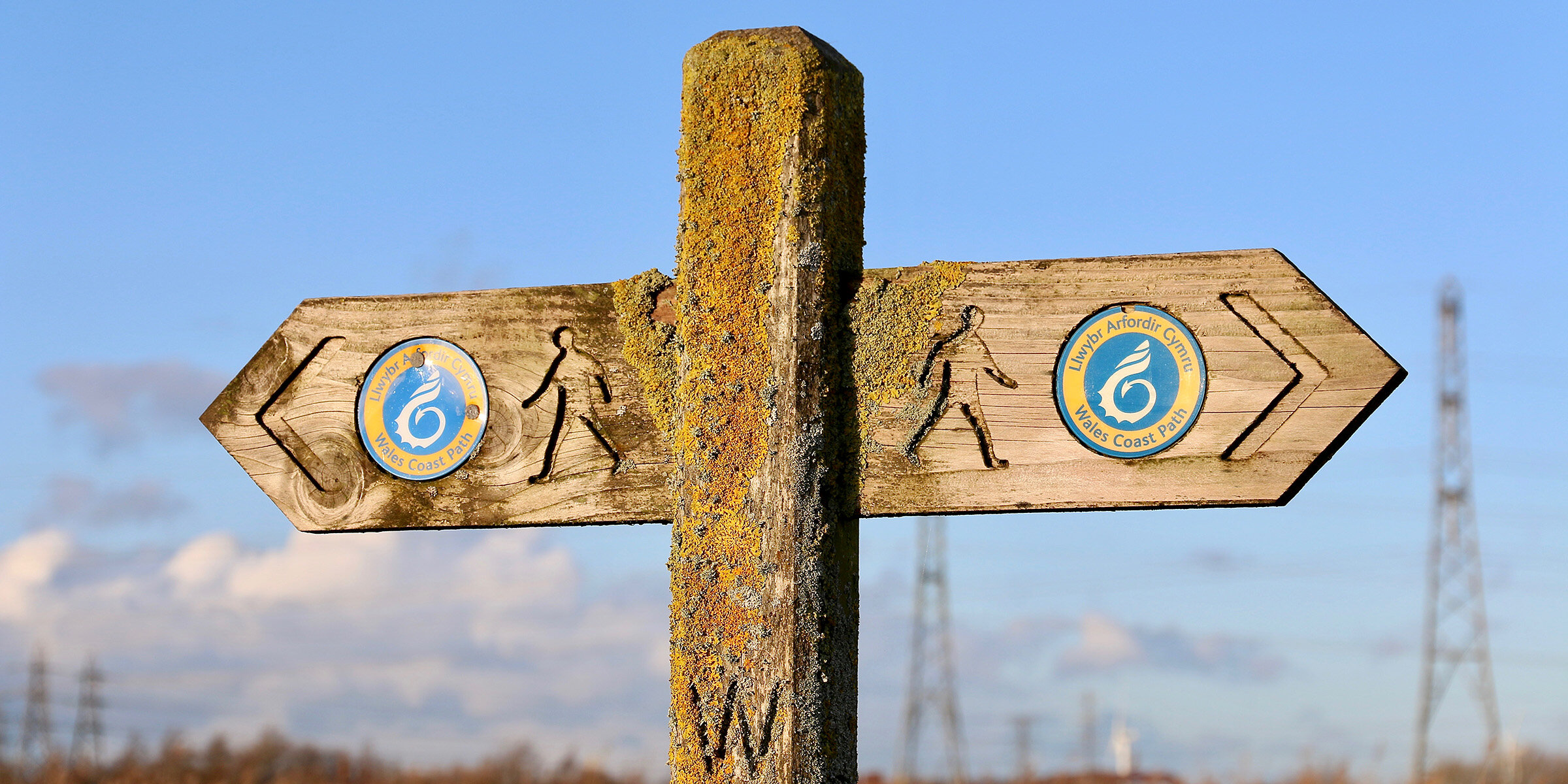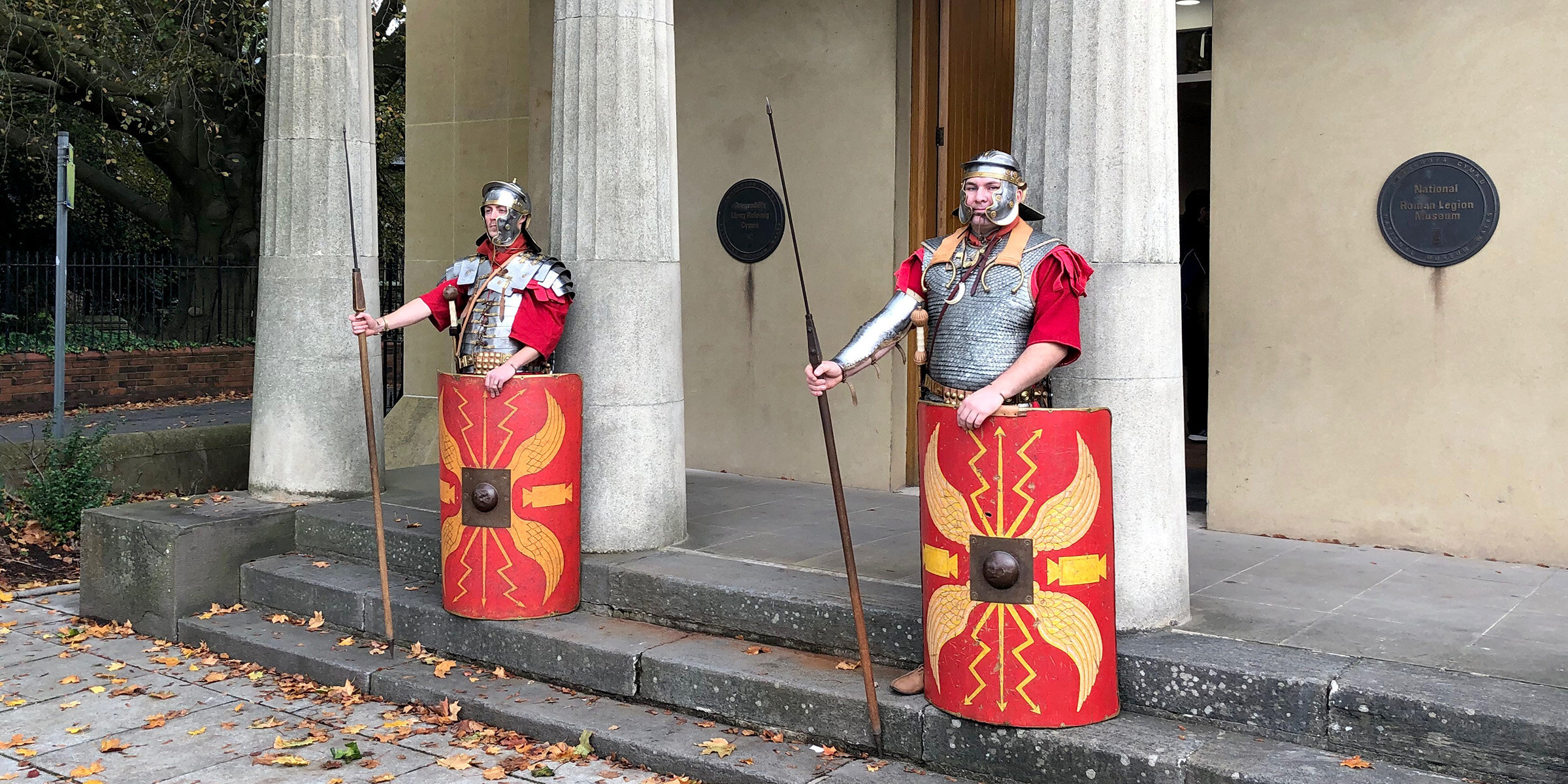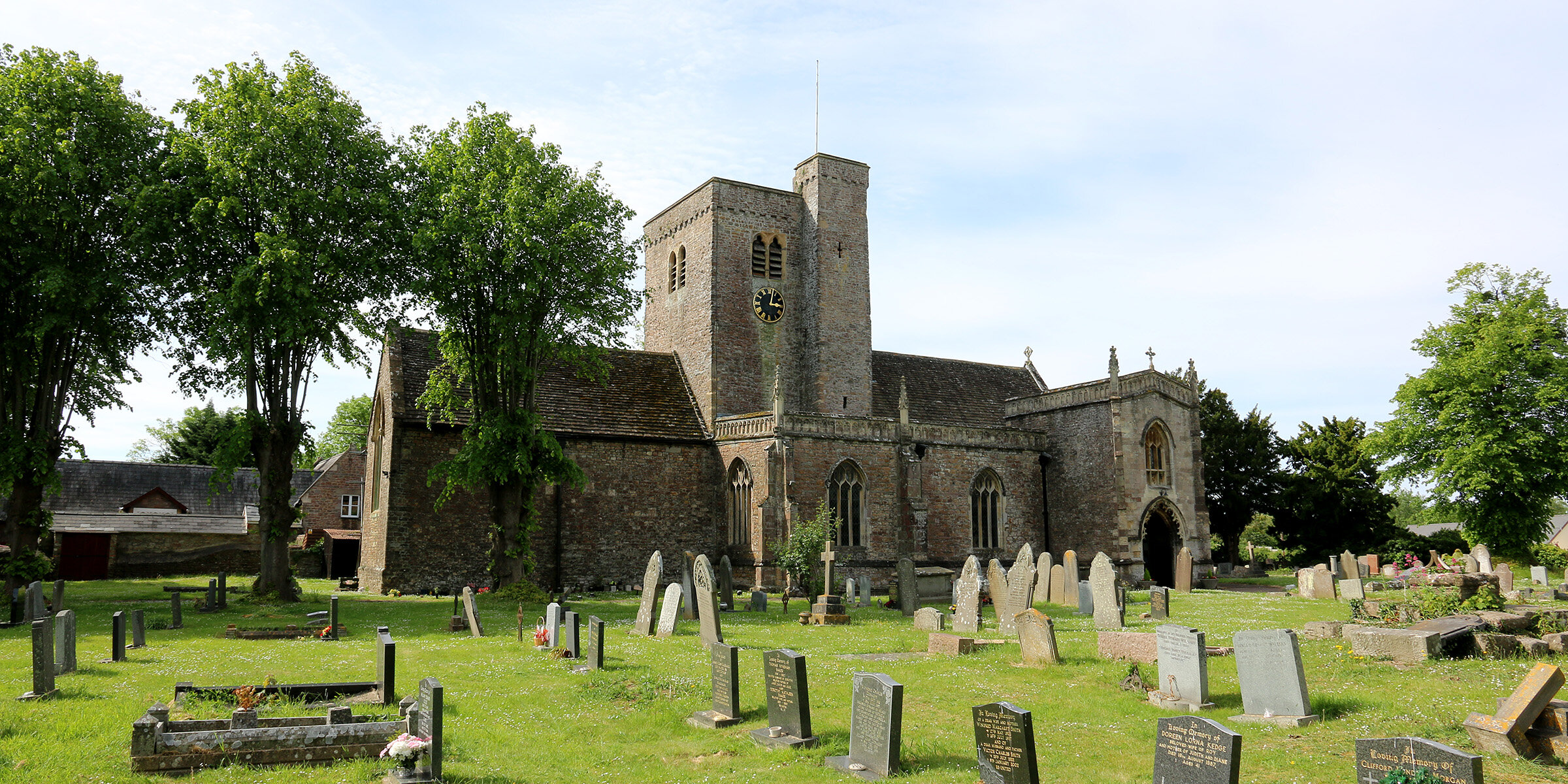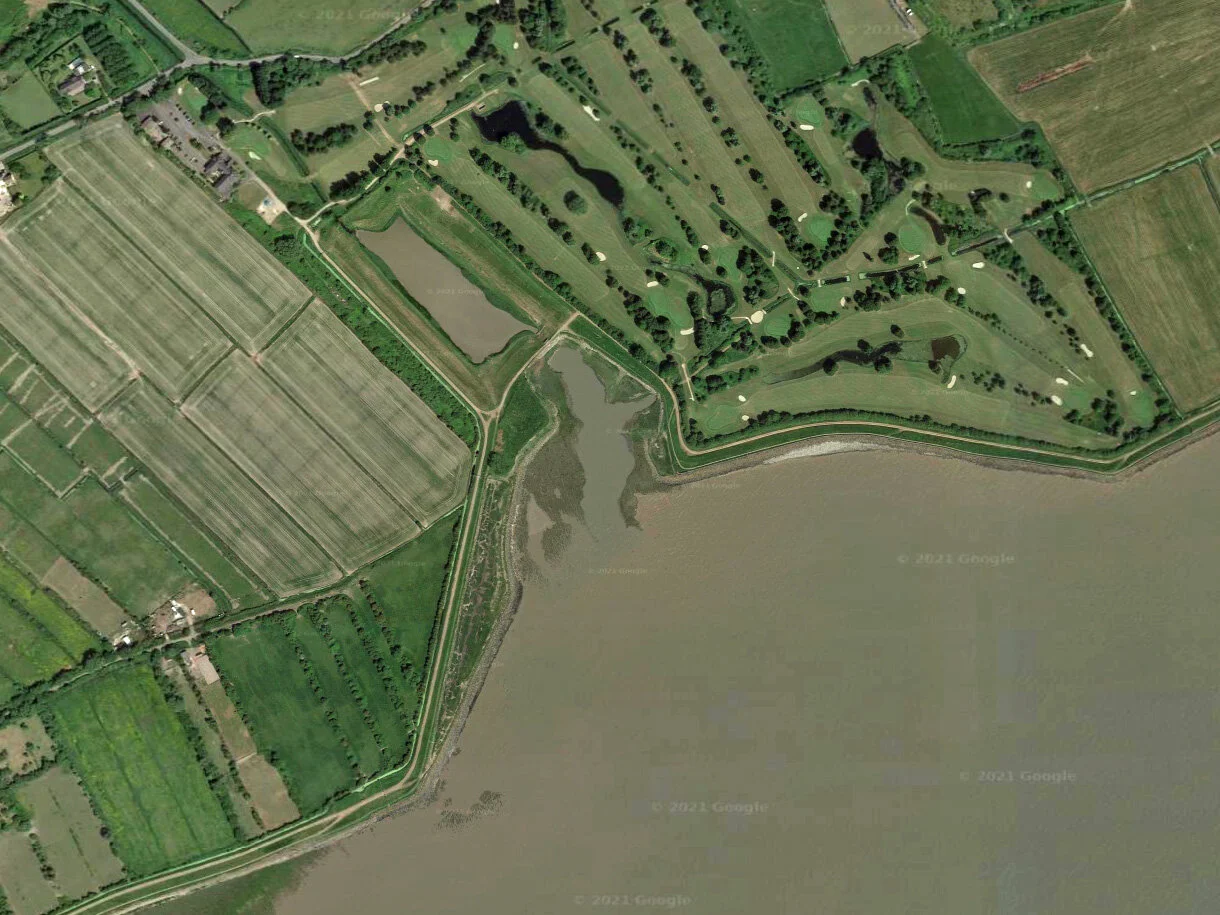The village church of Bishton is more than 600 years old. Yet its full name – the Church of St Cadwaladr – demonstrates far older origins.
Cadwaladr ap Cadwallon was the King of Gwynedd from 655-682 AD. He was the last of the Celtic Welsh kings to claim the title of King of Britain, at a time when the former Roman province of Britannia had dissolved into rival, warring princedoms, most of whom were now led by Saxon (English) invaders and their descendants.
Stained glass window from Llandaf Cathedral, Cardiff, depicting St Cadwaladr.
By the time of his death in 682, probably during an outbreak of plague, Cadwaladr had established his reputation as a supporter of the early Christian Church and was later Canonised. Bishton church is one of three churches in Wales to bear his name.
The original wooden church was rebuilt in stone after the Norman occupation. The church we see today has many features typical of 14-15th century ecclesiastical architecture. Highlights include the tall 15th century tower with embattled parapet, a late medieval octagonal font, a 14th century two-light window in the South chancel wall, and a 15th century inner doorway. The church was extensively repaired in 1760, following the partial collapse of the tower, and again in 1887, when the porch was added.
The single church bell dates from 1663 and was probably installed as a thanksgiving for the Restoration of the Monarchy and the Anglican church after the Cromwellian period.
As you explore the church look out for the four carved stone heads in the chancel arch, known as the priest, the monk, the nun and the happy man.
‘Bishton’ is a corruption of ‘Bishopstown’; for many centuries, the Bishops of Llandaff had a palace at Bishton. The palace was destroyed in the 15th century during the uprising lead by Owain Glyndŵr.
Opening times
St Cadwaladr's Church is currently closed.How to get there
By Public Transport
By bike
By road
The Welsh Dragon is thought to be derived from Cadwaladr’s battle standard.




